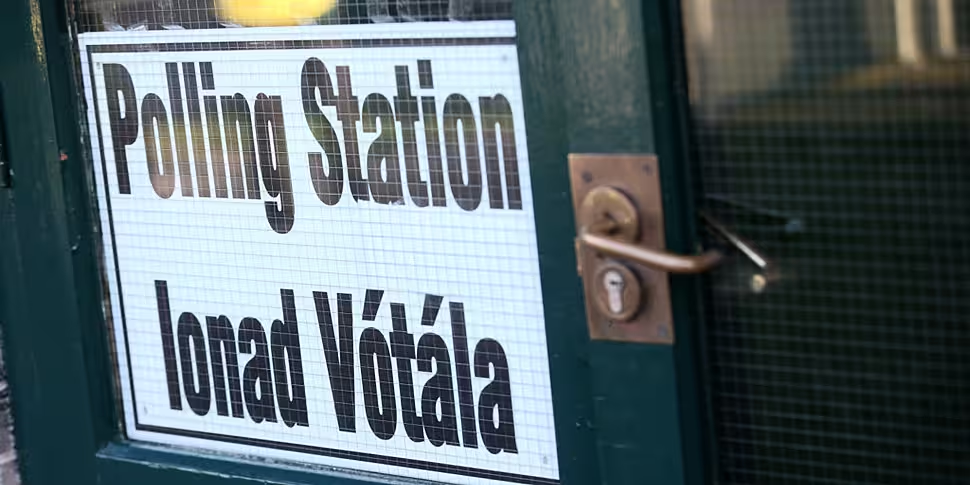The general election results are being interpreted differently by behavioural scientists outside Ireland, according to the head of the ESRI's Behavioural Research Unit.
Prof Pete Lunn spoke to The Hard Shoulder today in the wake of the wealth of 'data and numbers' offered by the election results.
According to Prof Lunn, behavioural scientists outside Ireland have a different interpretation of the results than we do at home.
He said: "We're interpreting this election mostly in terms of domestic policy issues... the chat is about housing and health and pensions and childcare, or it's about confidence & supply and what it did to Fianna Fáil.
"Internationally, the scientists who are looking at this are saying this is absolutely in line with the trends we've seen in other countries - where we're seeing a move away from established, more centrist, mainstream parties."
He noted the reasons for this could be a "belated response to the financial crisis" and a loss of faith in traditional political systems.
He said: "There may be quite a lot of truth in that, because one of the things we definitely see people complaining about is that what's happened in the last ten years is that their expectations of adult life simply haven't been met."
Polling
The exit poll released after polls closed on Friday night showed Fine Gael on 22.4%, Sinn Féin on 22.3% and Fianna Fáil on 22.2% - effectively a three-way tie.
The poll - carried out by Ipsos MRBI on behalf of The Irish Times, RTÉ, TG4 and UCD - involved some 5,000 voters at 250 polling stations across the country, and had a margin of error of 1.3%.
Prof Lunn said the exit poll generally did a "really, really good job" - getting most parties within one percentage points of their actual first preference votes.
However, Sinn Féin ultimately won 24.5% of first preference votes, while Fine Gael secured 20.9% - both outside the margin of error.
Prof Lunn observed: "There is something genuinely very interesting hidden in the exit poll data - I say hidden because I haven't seen anyone else comment on it, so apologies to someone if they have.
"There were two parties it got systematically wrong: it underestimated the Sinn Féin vote, and it overestimated the Fine Gael vote. Not by much, but with a sample of almost 5,400, the fact that it did so is significant.
"The Sinn Féin vote was higher than the exit poll to such a degree that it couldn't be statistical sampling error."
On the Sinn Féin vote in particular, he suggested: "According to these numbers, roughly one in ten Sinn Féin voters seemed to think there was some kind of social non-acceptability to what they were doing.
"They were either lying to the pollster or refusing to answer the question."
Meanwhile, Prof Lunn also highlighted the opinion polls during the campaign itself - several of which showed a large surge for Sinn Féin in the final two weeks of the campaign.
Prof Lunn said: "They got it bang on, and they were predicting this very large Sinn Féin swing in the last two weeks of the polling.
"Maybe seeing them go up in the polls introduced a kind of bandwagon - what we in the behavioural science community call a social norm effect. If you see other people doing it, it makes it more comfortable for you to do it yourself."
Main image: File photo. Picture by: Sam Boal/Rollingnews.ie









